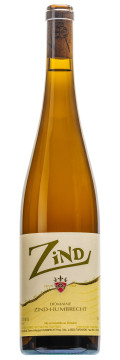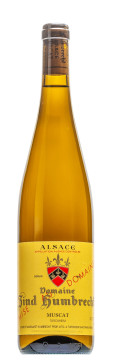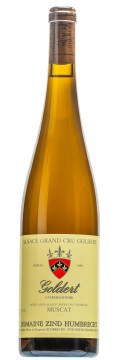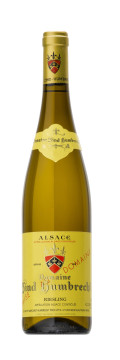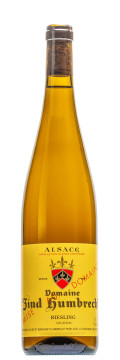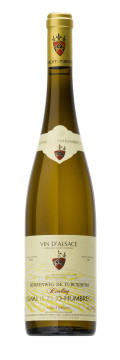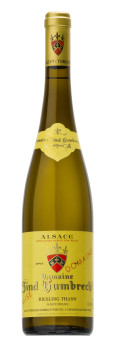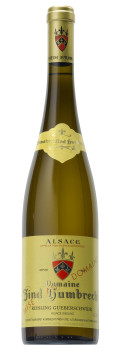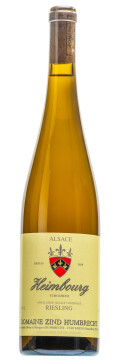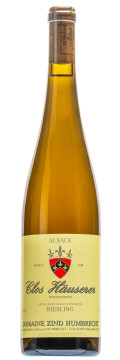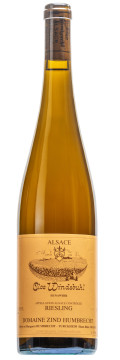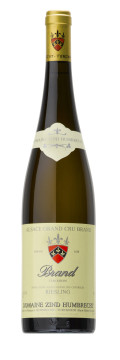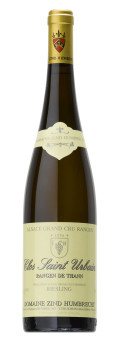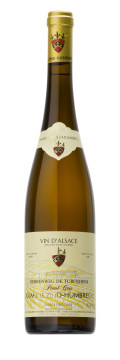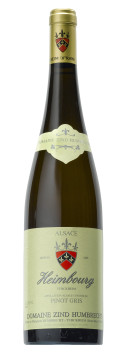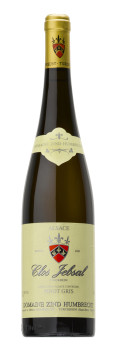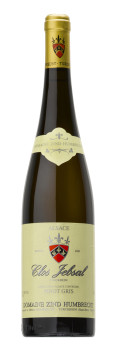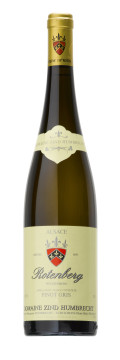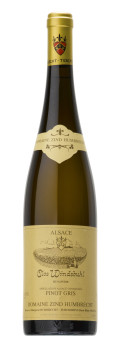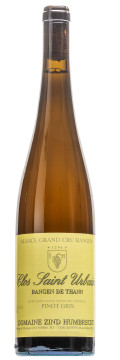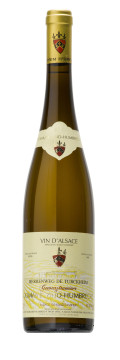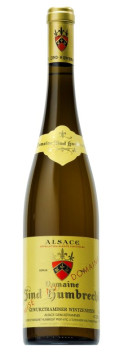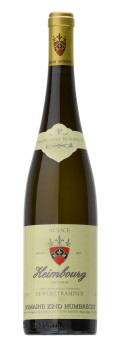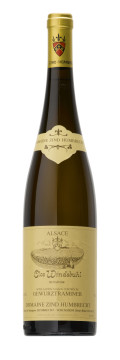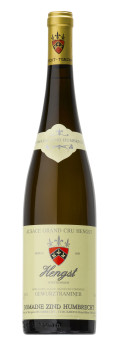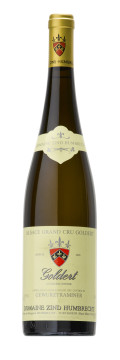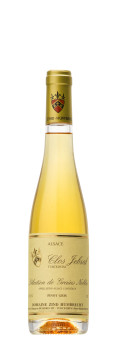Vintage 2003
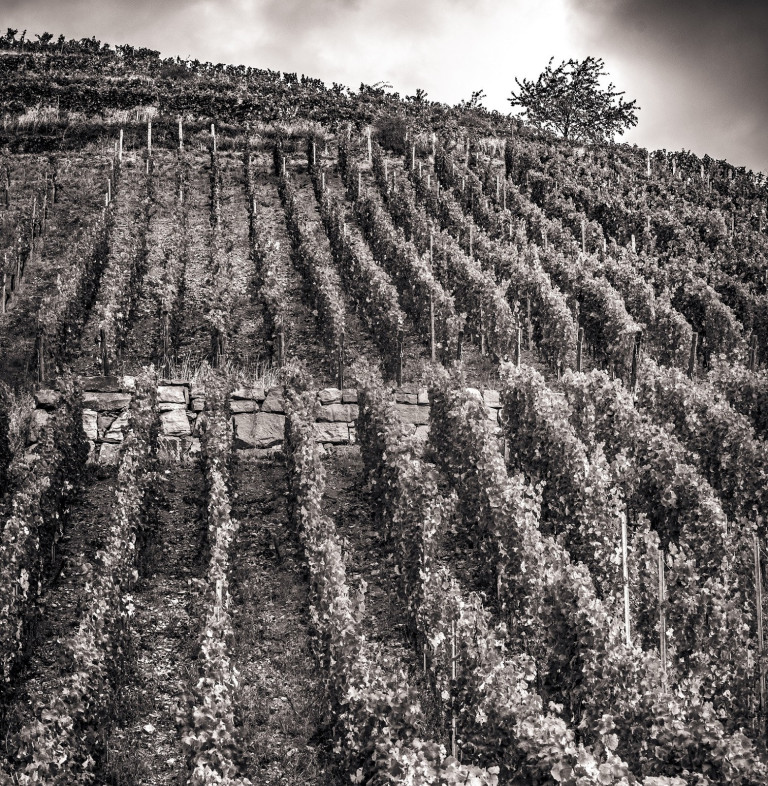
Descritpion of the vintage
2003 was an extreme year, and couldn’t be more different from 2002. Winter was actually cold and the vineyard land enjoyed lots of snow until the first week of February. The weather changed middle February and the temperatures didn’t stop rising until the end of the harvest. This snow represented also the last decent amount of water that entered the soils.
Budbreak was very early. The first leaves were out early April for the gewürztraminer grape variety. This was sadly too precocious. The 11th April frost (- 4°C) did a lot of damage and explains the low yields of this grape variety. All the other grape varieties in Alsace were slightly less precocious, and this saved them from that frost. As early as April, all the growers were conscious that water would be a crucial element in 2003. Flowering started late May and was finished middle of June for the later ripening vineyards. The change of colour of the grapes started also extremely early (around 20th July). At that time, we were expecting to start harvest middle of August !
Water stress is by far more a problem in the semi-continental climate of Alsace than excessive rainfall. Between February and October (when the harvest was over), there was only occasional rainfall, often causing lots of damage, because they were almost always storms with hail. There were some serious losses in some parts of Alsace due to hail storms, mostly in the south part of the Alsace region. In all the other areas of Alsace, the vines started to feel the lack of water at the time of budbreak. In July and August, abnormal and record breaking temperatures increased the stress on the vines.
Other vintages in Alsace that enjoyed more total rainfall did in fact present more severe hydric stress symptoms (like 1994 for example). Overall, the vines did resist relatively well to the drought in 2003. Especially when the growers did adapt the farming techniques (destroying cover crops, covering the soils with mulch, hoeing the soils to preserve humidity, reducing the yields….). The fact that the drought started at budbreak must have set the vines in a water saving mode early enough, regulating the growth, keeping small sized berries… In 2003, we are much more concerned by the damage of heat and extreme temperatures (over 35°C) on aromatic varietals than the effect of drought.
The lack of water did in fact slow down the ripening process in August. The harvest started middle August for sparkling wines (crémants d’Alsace) and 1st September for the AOC Alsace. A lot of vineyards were harvested before September, especially Pinot-Noirs or Pinot-Gris, unfortunately, even if the grapes had very high sugar levels, they were not yet physiologically ripe. The sugar levels increased very slowly in September, so it was possible to wait until the middle of September to start picking the grapes. Acidities were very low already end of August and didn’t change afterwards (it sometimes actually increased very slightly). Acidification was exceptionally (I hope) allowed in 2003 (2.5g/l tartaric acid maximum) and chaptalization was reduced from +2.5% alc to +1% alcohol.
On our Domaine, we harvested our Muscats early September, the rest of the harvest was done between the 15th and 30th September. The early start is in fact less exceptional than the early finish. All the grapes were picked in absolutely perfect health condition. Early October the rains started again, but the soils were still very dry until middle of January 2004.
At the exception of a few young vines in Riesling, the sugar concentration was normal to good. We tried to avoid over ripeness in order to help the wines ferment as dry as possible. The high temperatures at harvest time and the lack of rain certainly favoured fast fermentations, which was actually very good in this vintage, most wines having medium to low acidity and higher pH. Most 2003 show relatively high finished alcohol, at the exception of the Rieslings, and quite astonishing tannin levels (small grapes and healthy skins) that should give some extra ageing potential. The great vineyards do show complexity and character. No wine was either chaptalized or acidified in 2003 and we harvested an average of 29hl/ha.
